Resources
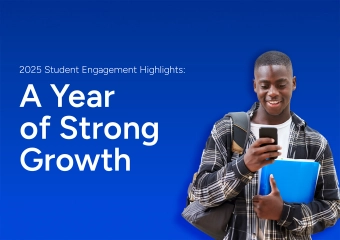
Article
2025 Student Engagement Highlights
Centralise Campus Resources
Foster Community ...
Strengthen Studen...
Support Student a...
As we kick off 2026, we want to take a moment to celebrate an extraordinary year for student engagement. 2025 was all about growth. We welcomed over 2.3 million new users to CampusGroups, a 42% incre...
Read Article
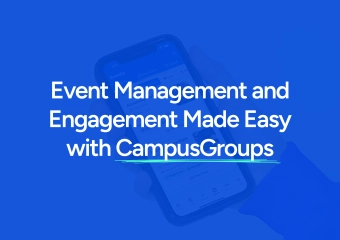
Article
Event Management and Engagement Made Easy with CampusGroups
Strengthen Student Engagement
Foster Community ...
CampusGroups brings event management and student engagement together in one powerful platform built for higher education.
Read Article
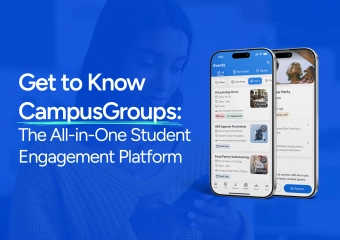
Article
Get To Know CampusGroups
Foster Community and Belonging
Optimize Operatio...
Streamline Commun...
Strengthen Studen...
Support Student a...
CampusGroups is more than software, it’s your institution’s central hub for building community, fostering belonging, and supporting student success and retention.
Read Article
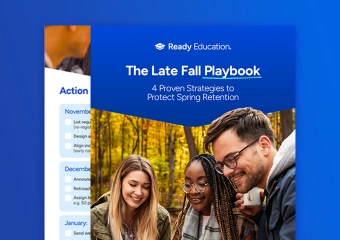
Guide
The Late Fall Playbook
Strengthen Student Engagement
Streamline Commun...
Foster Community ...
Support Student a...
Optimize Operatio...
This guide outlines four proven strategies to reduce attrition, sustain engagement, and strengthen student belonging during the crucial weeks between semesters—turning December planning into spring...
View Guide
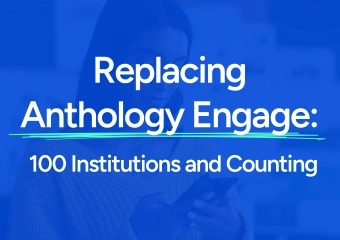
Article
Replacing Anthology Engage: 100 Institutions and Counting
Strengthen Student Engagement
Centralise Campus...
Support Student a...
For many schools, the decision comes down to one thing: CampusGroups was built for student engagement.
Unlike platforms that stop at student organization management, CampusGroups powers the full spe...
Read Article
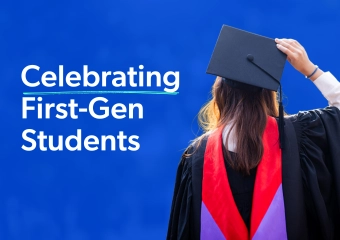
Article
How to Empower First-Generation Students
Foster Community and Belonging
Streamline Commun...
Strengthen Studen...
First-generation college students constitute a large and growing segment of the student body. Higher-education establishments work hard to attract and retain this demographic.
First-generation stud...
Read Article
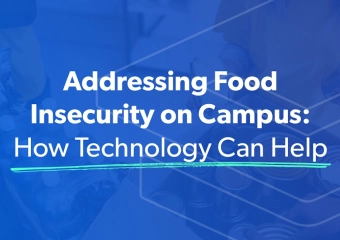
Article
Addressing Food Insecurity on Campus
Support Student and Academic Success
Foster Community ...
Food insecurity is a rising challenge on college campuses. When basic needs aren’t met, students are more likely to miss class or drop out. At Embry-Riddle Aeronautical University, the Food & Resou...
Read Article
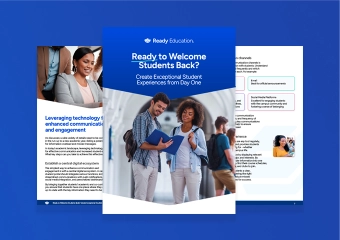
Guide
Ready to Welcome Students Back?
Strengthen Student Engagement
Foster Community ...
Support Student a...
Create Exceptional Student Experiences from Day One
View Guide

Article
Welcome Week with CampusGroups - Advice from a Student Leader
Support Student and Academic Success
Centralise Campus...
Foster Community ...
As the fall semester approaches and Welcome Week gears up at universities around the world, we asked University of Minnesota Duluth (UMD) student leader Dakota Kath for his tips on helping students f...
Read Article

Article
Financial Tools Now Live Help Keep Students On Track
Support Student and Academic Success
Centralise Campus...
Ready Education has launched its first financial integrations module within Ready Campus, the all-in-one student experience platform. Real-time access to balances and holds gives students the peace o...
Read Article
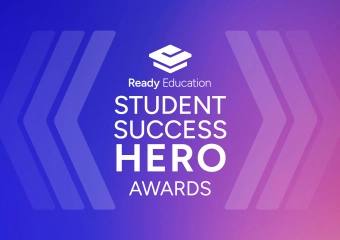
Article
Ready Education Celebrates 2025 Student Success Hero Award Winners
Strengthen Student Engagement
Support Student a...
Honoring Higher Education Leaders Advancing Engagement, Belonging, and Innovation
Read Article

Article
Celebrating 20 Years of Student Engagement and Success
Strengthen Student Engagement
Support Student a...
On May 16, 2025, we mark a major milestone—20 years since the founding of CampusGroups. Beginning in a small New York City office to help students at NYU Stern connect, collaborate and be successfu...
Read Article
-1740583686.svg)